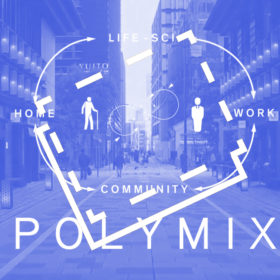
In June 2020, two WORKHOUSE Research Studio students, Jacob Sertich and David Vasquez received the Chao-Di Su Award for the Best Project in Graduating class 2019-2020.
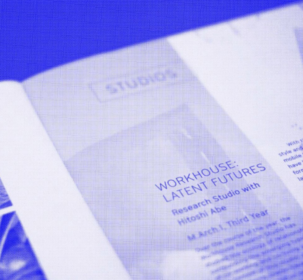
The 2019-2020 WORKHOUSE Latent Futures Research Studio is the final of the WORKHOUSE Trilogy. Starting in 2017, the WORKHOUSE Research studio has built on previous xLAB research initiatives to explore the gray zone between domestic and workspaces and activities. With the support of Mitsui Fudosan—a leading real estate company in Japan, xLAB’s ongoing research examines the relationship between architecture and broad shifts of technology, economy, and lifestyle. The final WORKHOUSE Studio focused on creating architecture as a platform for actively producing the future.
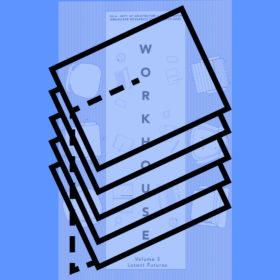
WORKHOUSE 3 Latent Futures is the last in the WORKHOUSE Research Studio Essay Series Trilogy. It concludes a three-year study of the grey zone between domestic and workspaces and activities by UCLA students.
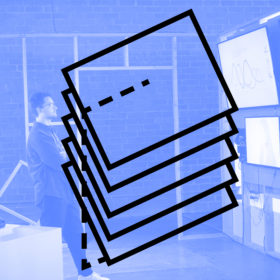
WORKHOUSE Research Studio is on display at A+D Museum. Duration: September 21, 2019 – January 12, 2020 “This new type […]
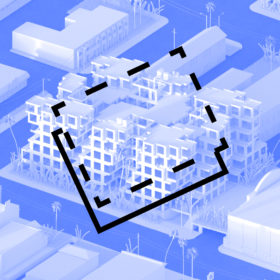
Since 2017, WORKHOUSE Research Studio explores many peculiar combinations of programs and new ideas producing unique species of Architecture brought up by the co-working culture.
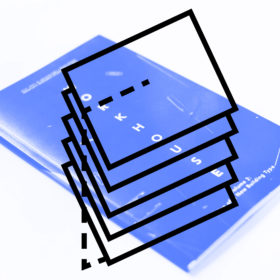
This volume contains a collection of essay and presents a series of perspectives on contemporary phenomena surrounding co-working culture. Throughout the texts, co-working spaces are analyzed as an indicator of the broader shifts brought about by development in technology, changes in lifestyle, and the rise of the sharing economy.
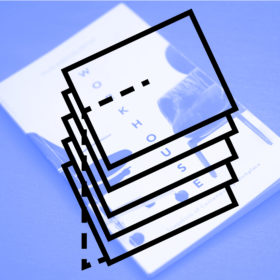
This collection presents snapshots of our contemporary work environments through an examination of the ways in which architecture and design have conceived the idea of the office and other workspaces since the turn of the 21st Century.
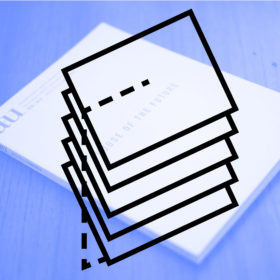
WORKHOUSE: Office of the Future examines the office as an architectural type that is as politically, economically, and culturally charged, as it is technical and tectonic.
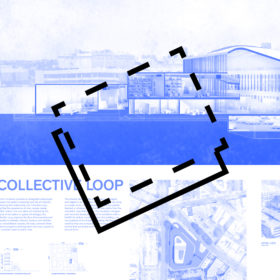
The WORKHOUSE Research Studio studies creative workplaces through the analysis of creative offices and coworking spaces.
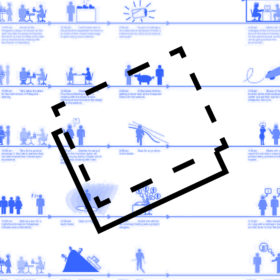
As a design and research problem, students were asked to consider the increasingly blurred boundaries between the office and […]